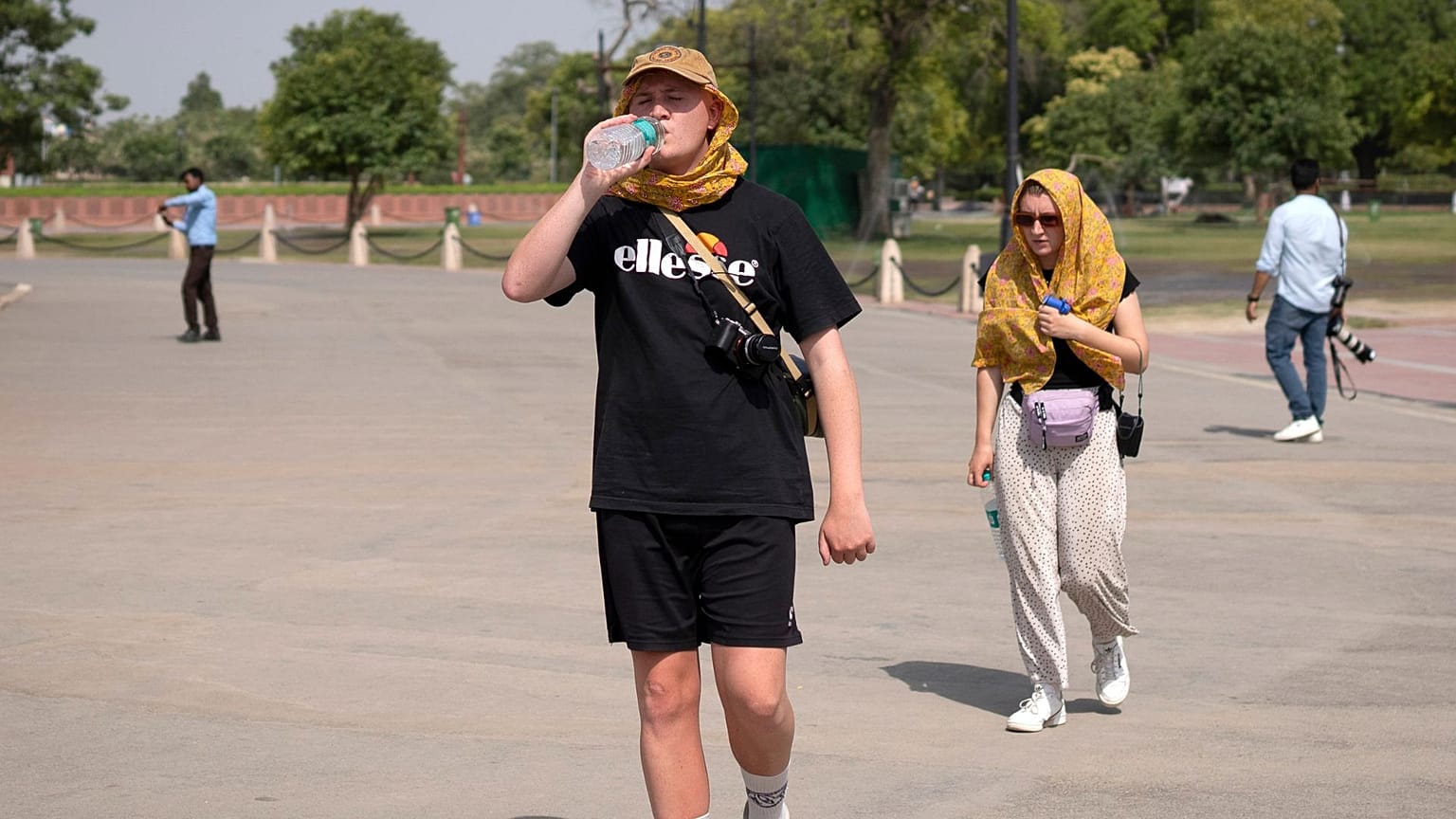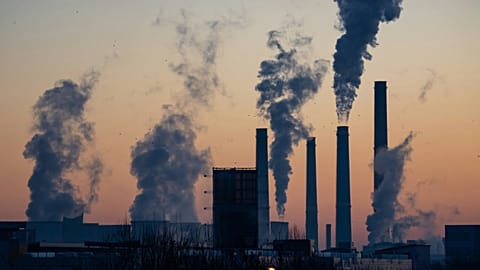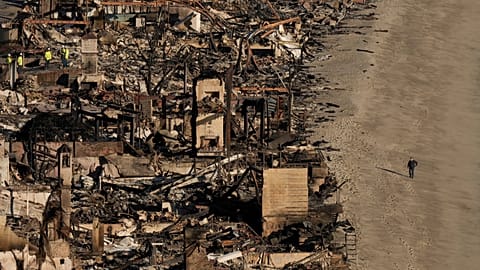Average global temperatures could go beyond 29°C, pushing us outside of what scientists term the ‘human climate niche’.
More than a fifth of humanity could be exposed to dangerously hot temperatures by the end of the century, scientists warn.
Under current climate policies, we are on track for 2.7°C of warming above pre-industrial levels, a new study from the University of Exeter in the UK shows.
This would overshoot the 1.5°C warming limit needed to avoid 'climate disaster', according to the UN's Intergovernmental Panel on Climate Change (IPCC).
And warming on this scale would see two billion people - around 20 per cent of the world's projected population - exposed to life-threatening heat and extreme weather by 2100.
Average global temperatures would exceed 29°C, pushing us outside of what scientists term the ‘human climate niche’ - the conditions that humans are used to thriving in. The optimum temperature for humans is between 13 and 25°C.
The research, published in the journal Nature Sustainability, aims to quantify the human - rather than monetary - cost of global warming.
What are the consequences of extreme temperatures?
Some countries like India are already suffering the effects of human-induced global warming, including heat-related deaths.
Extreme heat can also impact our ability to work, think and learn. It can have a devastating impact on crops and increase the likelihood of conflict, infectious disease and pregnancy complications.
As this effect spreads, more people will be displaced from their homes or migrate to cooler climates.
India will continue to be one of the worst affected countries, with the largest population exposed to extreme heat, followed by Nigeria, Indonesia, the Philippines and Pakistan.
Even places that remain on the cooler side of the projected warming would be subject to more heatwaves and droughts.
How can extreme temperatures be avoided?
Urgent action to limit global temperature rise to the Paris Agreement aligned 1.5°C would significantly reduce the chances of crisis.
At these temperatures, the number of people exposed to extreme heat would decrease fivefold, to 400 million, the researchers say.
“Our results show the huge potential for more decisive climate policy to limit the human costs and inequities of climate change,” the study’s authors write.
By focusing on the human cost of climate change, the study highlights the disproportionate impact on warmer and more densely populated nations. These are typically developing countries that contribute the least to the climate crisis.
The authors also suggest that their findings could be used to inform discussions on loss and damage.


















